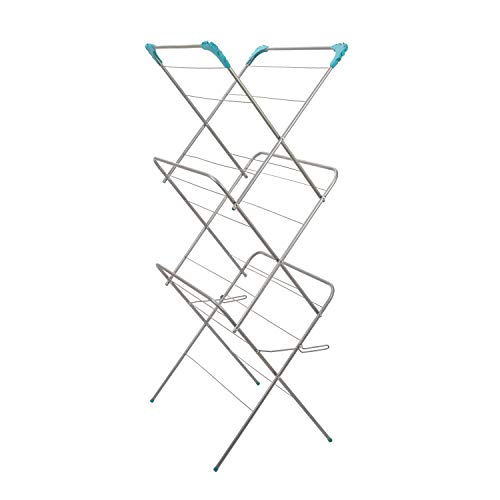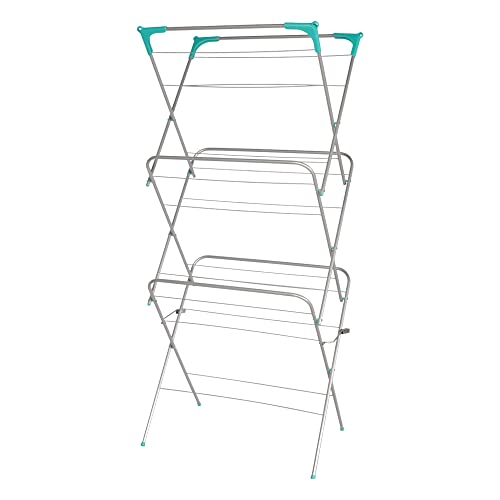The Importance of Clothes Dryer Safety
Did you know that clothes dryer fires are a common household hazard? In fact, according to the National Fire Protection Association, over 15,000 home fires are started by clothes dryers every year. These fires can cause serious damage and even lead to fatalities. This is why it’s important to take clothes dryer safety seriously and be aware of the most common hazards.
Lint Buildup
The most common cause of clothes dryer fires is lint buildup. Lint can accumulate in the dryer vent and exhaust duct, reducing air flow and causing the dryer to overheat. This is especially dangerous if the lint is near the heating element, as it can ignite and start a fire. To prevent this, it’s important to clean the lint filter after every load and have the dryer vent and exhaust duct professionally cleaned at least once a year.
Overloading the Dryer
Another common hazard is overloading the dryer. When there are too many clothes in the dryer, the air flow is restricted, which can cause the dryer to overheat and potentially start a fire. To prevent this, make sure to follow the manufacturer’s guidelines for load size and avoid stuffing too many clothes in the dryer at once.
Old or Damaged Dryer Parts
Old or damaged dryer parts can also be a safety hazard. Over time, parts such as the heating element, thermostat, and thermal fuse can wear out or become damaged, which can cause the dryer to overheat and potentially start a fire. To prevent this, it’s important to have your dryer serviced regularly by a professional and to replace any damaged or worn out parts.
Leaving the Dryer Unattended
Lastly, leaving the dryer unattended is a common cause of dryer fires. If the dryer overheats or malfunctions while no one is around, a fire can start and quickly spread. To prevent this, make sure to never leave the dryer running while you’re out of the house and to always keep an eye on it while it’s in use.






